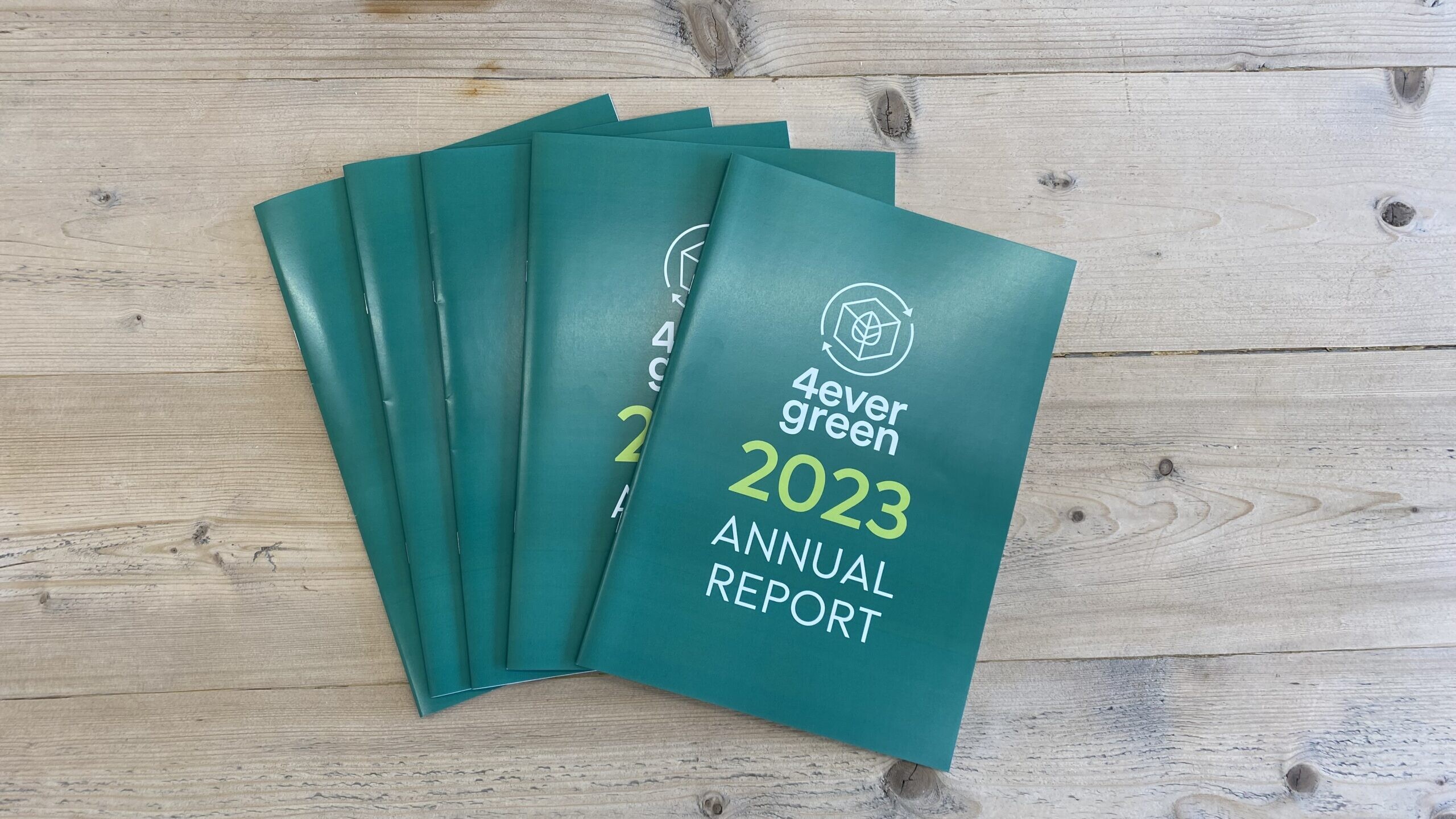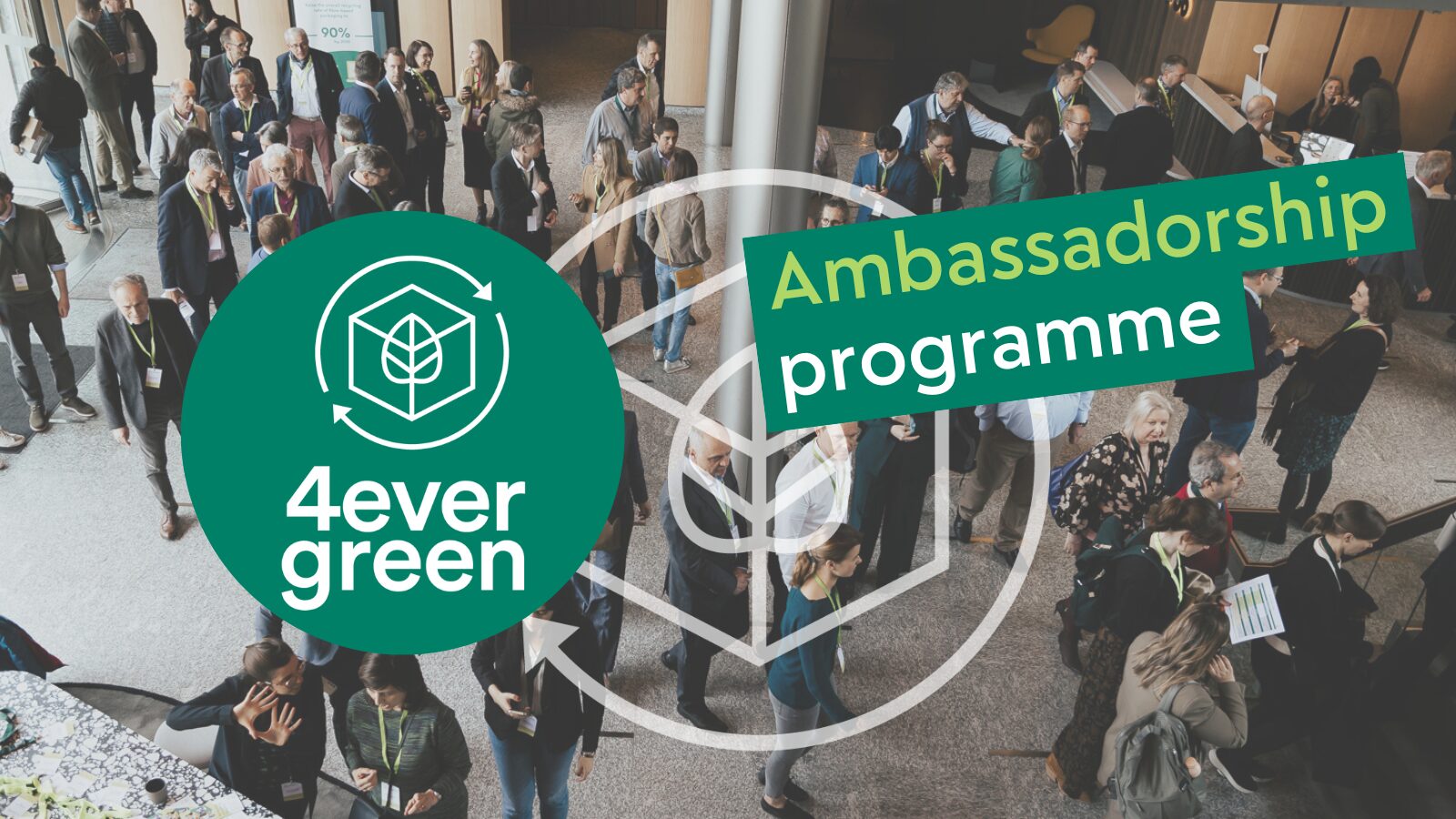Naturally, we wanted to conclude this series with the city that deservedly holds the title of European Green Capital in 2023. Tallinn’s Mayor Kõlvart kindly explains to us the determining factors in this triumph, including a rich biodiversity, governance in line with the Sustainable Development Goals, and the investment in free public transport.
In terms of waste management, Tallinn aims to achieve a 65% recycling rate for household waste by 2035. As 4evergreen analyses in the recently released “Guidance on the Improved Collection and Sorting of Fibre-based Packaging for Recycling”, levels for sorted household collection are significantly lower than those for commercial or industrial waste. In this interview with Mayor Kõlvart, we find out what the Estonian capital’s strategy is to tackle this problem and the essential role of citizenship.
Mayor Kõlvart, congratulations on the appointment of Tallinn as the European Green Capital for 2023. It has been a long road to get here. In your experience, what have been the decisive factors that have made your city receive this title over other nominees?
Firstly, I think we stood out because one of the main themes of the European Green Capital 2023 is green governance – the successful implementation of green transition requires a governance model that supports it. We have reorganised the whole city structure and organisation to better coordinate sustainability work and also to work better with the UN Sustainable Development Goals (SDGs). Sustainability and green transformation are becoming central principles of leadership globally, not only in cities. Tallinn applies environmentally friendly ways of thinking to all our development plans and strategies to make our city a better environment and to integrate green policies into the management.
Also, as a UNESCO World Heritage Site, Tallinn is characterized by the diverse and mosaic nature of its landscapes and communities, which also serve as habitats for rare species. Over the past 30 years, around 140 species of protected birds and animals have been registered in Tallinn, which makes up nearly three-quarters of the protected species of the corresponding animal groups in Estonia. Tallinn is rich in biodiversity. We have more than 2100 hectares of protected areas – nature reserves, protected parks and even an island.
Tallinn is currently working on several interconnected green corridors, which provide the possibility for insects, birds, and animals to move between different green areas; this way, we make sure the biodiversity doesn’t decrease while the population of the city increases. A perfect example of sustainable co-existence of biodiversity and urbanisation is the Pollinator Highway – a vibrant 13,5-kilometre-long linear park which will connect six of eight Tallinn districts. The guiding principle of the Pollinator Highway – which runs along an old railway corridor and powerlines – is to preserve and enhance biodiversity while offering various outdoor activities and possibilities for using sustainable transport. The first part of this linear park will be completed during the green capital year.
The ultimate goal is that all Tallinn citizens can live up to 300 m from a green area as well as to preserve the already rich and diverse nature.
The prize received will be used for the implementation of measures to keep enhancing Tallinn’s sustainability. In this sense, what will be your priorities from now on, and what key areas still need closer attention for improvement?
We want every citizen of Tallinn to benefit from the European Green Capital title and the accompanying developments, as our goal is a greener city with a better environment and urban space. There is still a lot to do to turn Tallinn into a truly sustainable and green city, but green transition is Tallinn’s priority, and we strive towards integrating environmentally friendly actions into the whole management and development of our city. For us, a green capital means that Tallinn is inviting, comfortable and clean – a friendly global city of the future.
Tallinn wants to achieve climate-neutral and free public transport by 2035. To reach that goal we are investing in new tram lines, and in hydrogen and electric buses in the next couple of years. We are also rethinking city planning to include more bicycle lanes. Approximately 40 kilometres of new bike paths are planned in addition to existing bike paths and roads, where the safety of the cyclists will be increased.
Tallinn has envisioned a promising roadmap to reduce its emissions and carbon dependence over the coming decade – Climate-Neutral Tallinn 2030. The 4evergreen Alliance also has its own objective for 2030: raising the recycling rate of fibre-based packaging by 90%. Do you have similar and specific targets for recycling or waste management in the next few years? Can you explain to us the results you are willing to accomplish?
At the beginning of 2022, Tallinn adopted a new waste plan for the period, which sets waste goals until 2026. By the end of 2026, Tallinn has set the following goals: 1) to divert at least 55% of the generated household waste into circulation, 2) to divert 65% of the generated bio-waste into circulation (from the total mass of bio-waste contained in municipal waste), 3) the proportion of biodegradable waste from the total mass of landfilled municipal waste does not exceed 20%; 4) the amount of household waste deposited in the landfill does not exceed 5%; 5) 80% of the generated construction and demolition waste is recycled. With the development strategy Tallinn 2035, the goal is to recycle at least 65% of the generated household waste.
The city has a separate stream for packaging waste, with around 300 public containers, and a door-to-door system for household waste. What is the role of citizens in making the system work? Which strategies did you implement to increase their awareness?
Every citizen has the task to ensure that household waste can be collected separately. For waste to be recycled, it must be collected separately at the point of origin. In order to motivate citizens to collect their waste at home, it is important to ensure a convenient and dense network for handing over waste. As of today, nearly 400 public packaging collection points have been installed across the city. The goal is to have approximately 500 public packaging points in place by the end of the year. During 2021-2022, 6 hazardous waste collection points have been installed across the city in four different districts, where people can hand over hazardous waste generated at home. In addition, the city organizes hazardous waste collection rounds twice a year. During the rounds, the collection truck stops at approximately 90 stops and collects hazardous waste (including electronic waste) from residents. Starting this year, there will also be a round for the collection of reusable items. During this round people can give away clean and not broken items that they no longer need but somebody else may need.
Starting this year, all 4 waste stations in Tallinn are open every day, 8 hours a day in summer and 5 hours a day in winter. In addition, the city is working to increase the network of waste stations.
To raise people’s environmental awareness, the city participates in various events and shares waste-related information through various channels (like social media, television and city media). A waste management and circular economy communication plan has been developed. The city also closely cooperates with recycling organizations and carries out various campaigns: e.g. the environmental education programme for kindergarten children and primary school students “Prügihunt”, the “We know, we see and we do” campaign for older school students, etc. To promote the collection of bio-waste, the city has distributed bio-waste collection containers to residents, which are intended for household use, and distributed different types of collection containers to schools. In addition, in the near future, the city will distribute composters and bio containers for use in the garden to single-person households and semi-detached houses in order to promote the collection of bio-waste.
Finally, as Mayor of the capital of an EU Member State, how do you see Tallinn’s plans and ambitions contributing to the targets of the EU Green Deal?
A year ago, Tallinn adopted a climate plan with the goal to reduce greenhouse gases. Our climate plan agrees with the targets of the EU Green Deal and contributes to achieving them. When it comes to mitigating climate change, we have three main directions in Tallinn – increasing the energy efficiency of buildings, achieving sustainable mobility and wider adoption of renewable energy.
The biggest challenge in Tallinn is the reduction of greenhouse gases in the transport sector. Therefore, we prioritize the development of public transport. In addition to the planned increase in tramways and cycle paths, we have had free public transport for the citizens of Tallinn for several years.
Another major challenge is making buildings more energy efficient. Today most of the municipal schools have already been renovated, and the next step is the renovation of kindergartens.
The third major trend is increasing the share of renewable energy. Tallinn has an extensive district heating network, the expansion of which is relevant in the current energy crisis. Our district heating is largely based on renewable resources. This year we also started supporting the installation of solar panels for apartment associations. In any case, the fulfilment of the EU Green Deal is a challenge for the city, which requires great resources as well as the awareness of the population regarding energy efficiency and the possibilities of using renewable energy.
As the case of Tallinn illustrates, climate neutrality will be attained with a green governance structure and if citizens of all ages are involved in the sustainable transition of their cities.
When it comes to recycling and waste separation, Major Kõlvart makes it clear: ” The citizen has the main responsibility to ensure that household waste can be collected separately. For waste to be recycled, it must be collected separately at the point of origin.”
The undeniable benefits that all these actions yield, creating global and inviting cities of the future, give us the momentum to get down to work and continue striving towards our targets for the decades to come.
A year of collaboration and growth: discover 4evergreen’s 2023 Annual Report!
We are excited to launch 4evergreen’s 2023 Annual Report, looking back at our growth and achievements from the past year and recognising…
4evergreen launches new Ambassadorship programme
4evergreen is hitting the conference floors! This year, the alliance has launched a new Ambassadorship programme that will take us to major…
4evergreen wins European Paper Recycling Award
Brussels, 20 February 2024: The 4evergreen alliance has won a prestigious award from the European Paper Recycling Council (EPRC) in the…



